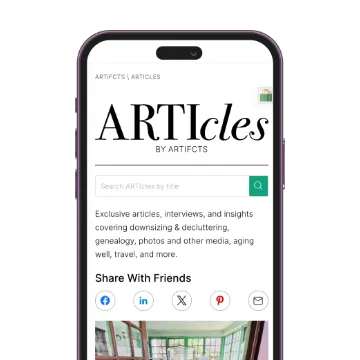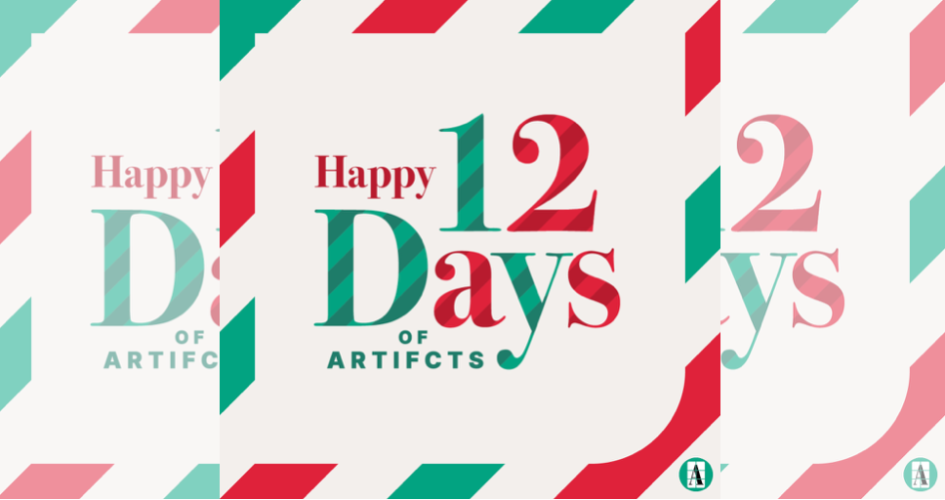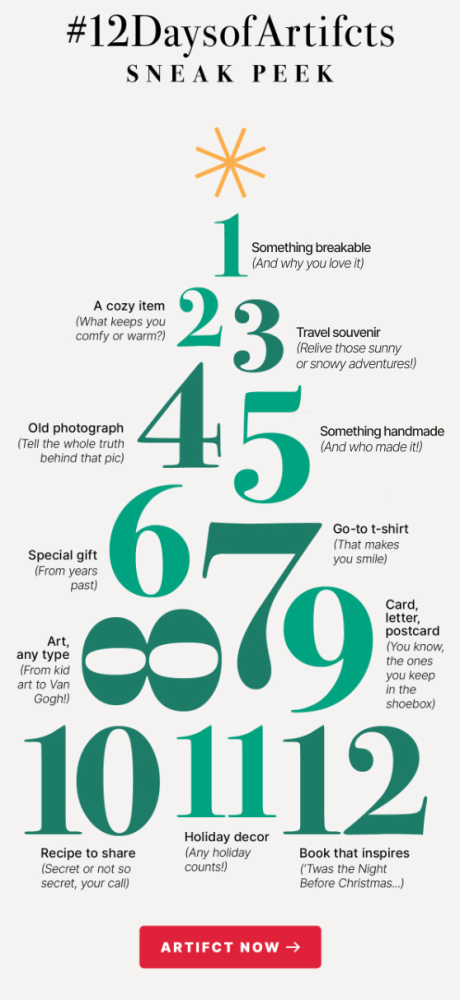Today is International Holocaust Remembrance Day, the anniversary of the liberation of the Auschwitz-Birkenau concentration camp. Through the artifacts and stories carefully preserved and shared, we can connect with our shared history and bring forward its lessons to a new generation. We hope you find inspiration in this story, the spoken and unspoken history of a family that has now been brought into the light. We extend our deep gratitude to Deborah for sharing her story.
_________________
Meet Deborah.
Deborah grew up Jewish, the kind of Jewish that enjoyed matzah but also celebrated Christmas with other kids in her Connecticut neighborhood. Being Jewish, she felt different, special, “even if I didn’t know what being Jewish meant.”
While Deborah knew vaguely of her family’s migration from Austria to the United States during World War II, she knew little of the details that completely relandscaped her family’s lives.
Fast forward many years to 2003 when Deborah asked her mother about family documentation that might exist to support reparation claims for those who had property stolen as the Nazis swept across Europe. “My Mom said, ‘Good luck with that,’ and pointed up, to the attic, ‘Everything’s up there. Suitcases full. Take it.'"
Sure enough, Deborah’s great grandfather, her mother’s paternal family, had squirreled away a plethora of ephemera to document his original Vienna-based hat business, along with letters and other materials of their life. Everything they had departed Vienna for the US with, was all that remained. The rest? The rest was in secure storage at a port in Italy, destined for a ship to the US, and stolen when the Germans overtook the port.
“It turns out, my mother’s maternal family, having left for the US a few years earlier arrived with practically all of their household items. We’re talking everything down to their 12-piece fine porcelain dinner service.” But of course, they lived in a small apartment in New York and had no need for most of the items. It all sat in storage for decades, wrapped securely in the same 1938 newspaper it shipped over to the US in.
Following are snippets from our co-founder Ellen’s conversation with Deborah in honor of today’s International Holocaust Remembrance Day. We’re sharing some of the spirit and content behind her discoveries into her own family history and the holocaust. Her Artifcted collection of family artifacts and her book Nothing Really Bad Will Happen provide you, the curious, with so much more historical color and context. We encourage you to explore and take in the themes of resilience, legacy, and survivorship.
_________________
Ellen Goodwin: Where did all these family artifacts come from? You have a hat designed by your great grandfather, a vast collection of mementos and ephemera. Who was keeping them all this time? How has it been preserved?
Deborah Holman: Well, one part of my family lost everything, and the other saved it all.
My mothers’ father’s family essentially lost everything. They moved it into a storage container in Italy in 1941 to ship to the US once they got here. But when the Germans captured the port, everything they owned was stolen. They arrived with a suitcase and 5 bucks. The only reason I have one of the hats from my great grandfather’s hat factory in Vienna is I was able to find one on eBay!
My mother’s maternal family left earlier, in 1938, and they kept everything. They dragged all of it from Vienna and deposited it in the storage area of their apartment building. It sat there until it migrated into my mother’s attic, wrapped, unused, and never spoken of.


Goodwin: But your great grandfather’s documents, they were an exception. They made the trip with him to the US, right?
Holman: Yes, exactly. When they confiscated his hat factory, he began immediately to try and get it back. He saved every document, every letter for reparation claims. It was a whole additional suitcase in my mother’s attic I never knew about.
Goodwin: You never knew. You mean your mother never discussed it?
Holman: Never. My mom was six when she fled here with her mother and grandmother. All she ever said were things like, “I could have been a princess,” and “Maybe I could have had a sibling,” or “We had money, and then we had nothing.” I knew her father had spent 10 months in two concentration camps, my grandmother had all the letters he sent every two weeks, but that’s it.
My daughter was the only one to ever open a small crack into my family’s holocaust history when she interviewed my mother for a school project in the late 90s. I don’t know how accurate the memories were, but my mother shared more than I had heard before. And then that was it, “There’s no point in talking about it anymore,” were my mother’s final words on it.
Goodwin: When going through large collections like these you expect to find certain things: passports, travel papers, letters, and the like. Did you find anything surprising?
Holman: As I was writing my book, I was feeling guilty about how I portrayed my great grandfather, the hat maker. He does not come across as a really good guy, so stern. And that’s where the title of the book, “Nothing Really Bad is Going to Happen,” came from. His view of what the Nazis were doing was akin to “this happens to Jews all the time.” He almost blew it, not getting out until ’41 because of his mindset.
And yet, one day out of the blue, my sister called to tell me she found his wallet in a box in her house. She has no idea how it came to be in her possession. And tucked in the back of the wallet was a newspaper article, written in German. I translated it and discovered it was essentially an advice column, advising against giving your children too much before you die because if you do, they won’t learn to be self-sufficient, and they’ll want you to die prematurely so they can get your stuff.
With that article, I realized, I portrayed him pretty accurately. Guilt gone!
Goodwin: And THAT is why I tell people the things we keep speak volumes about us, what we value, and even our aspirations.
So, you have all this now, and you know more about your family history. What will become of these physical artifacts?
Holman: We’ve agreed we want to donate items of broader interest to an institution where people will get to see it all up close, somewhere more intimate. There are some museums in NYC as well as the Center for Jewish History that we have in mind.
Goodwin: As we bring our conversation to a close, I’d like to circle back to where we began. You said as a child you didn’t know what being Jewish meant to you. What does being Jewish mean to you now after you’ve done all this family research?
Holman: Being Jewish means strength and resilience. It means “Good luck. Do what you want. We’re not going anywhere.”
_________________
Let this be your call to action on this International Holocaust Remembrance Day. Let this family's artifacts of the past and the people and stories they represent remind us always to stand against hate and intolerance in all its forms. We are better than our past, always improving with the lessons of history as our guide.
###
© 2025 Artifcts, Inc. All Rights Reserved.














 The first four days of our 12 Days of Artifcts challenge. Objects with stories, your stories!
The first four days of our 12 Days of Artifcts challenge. Objects with stories, your stories!



